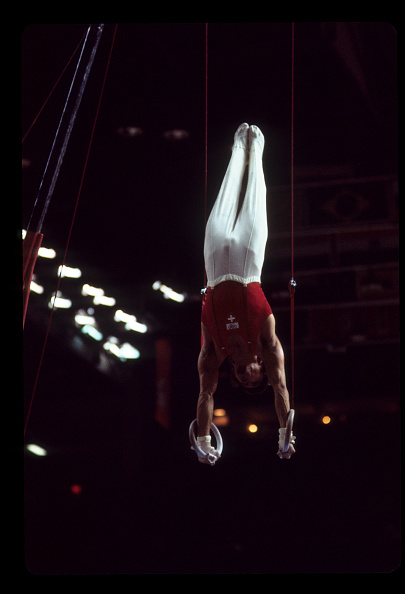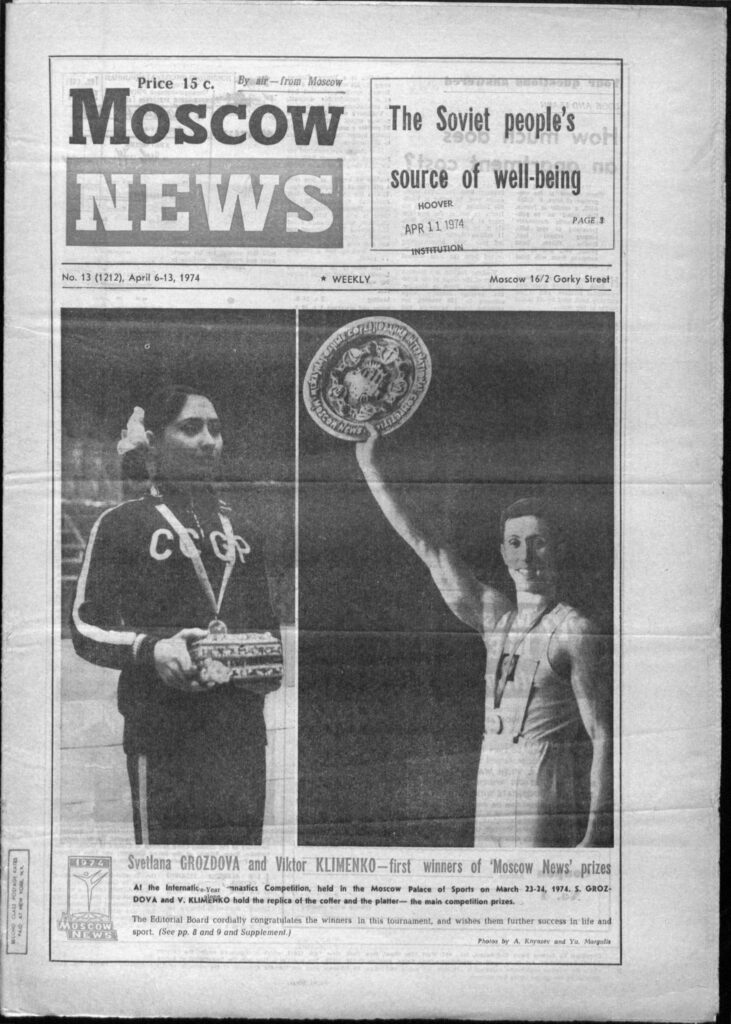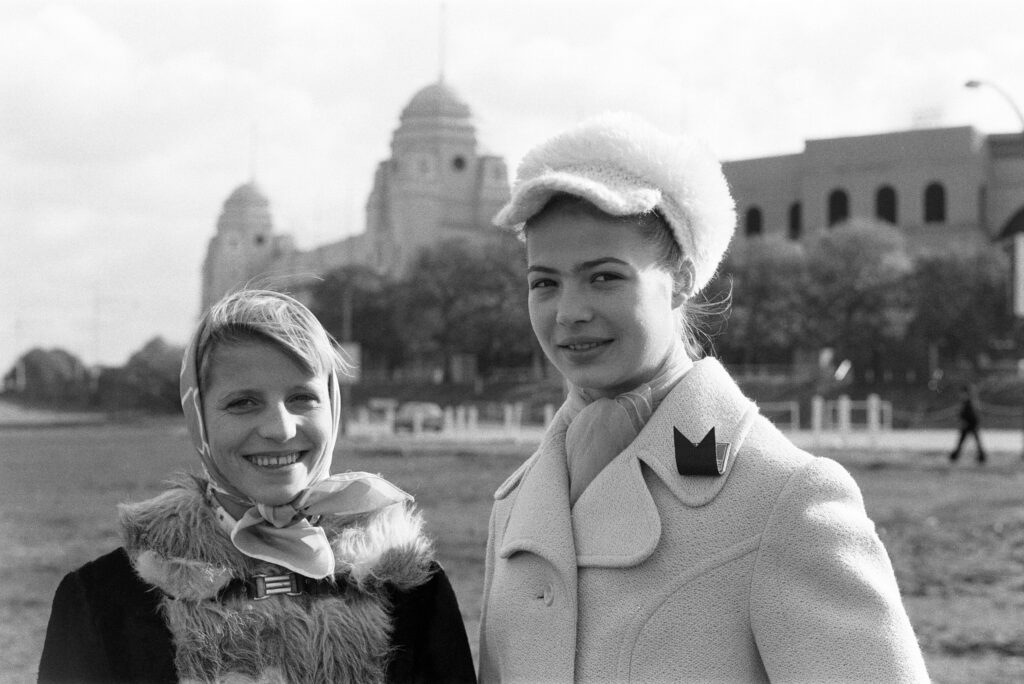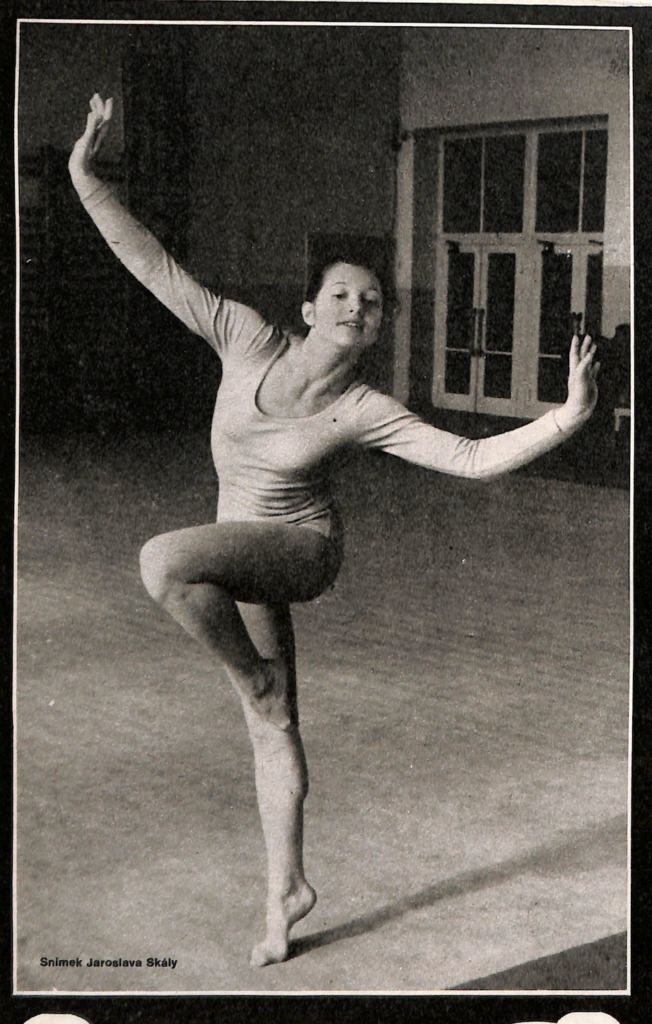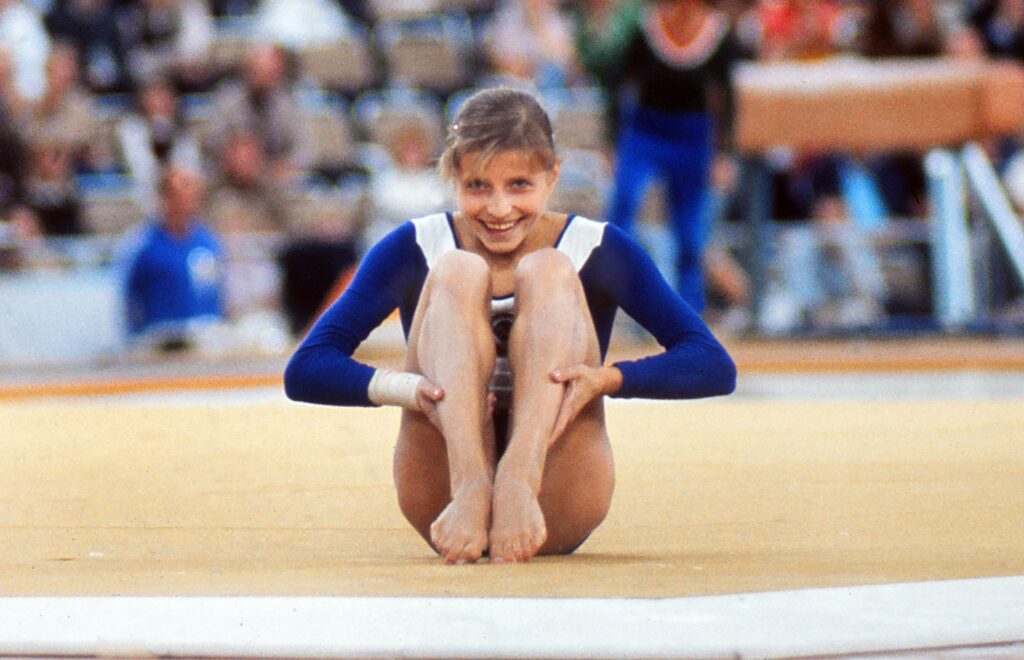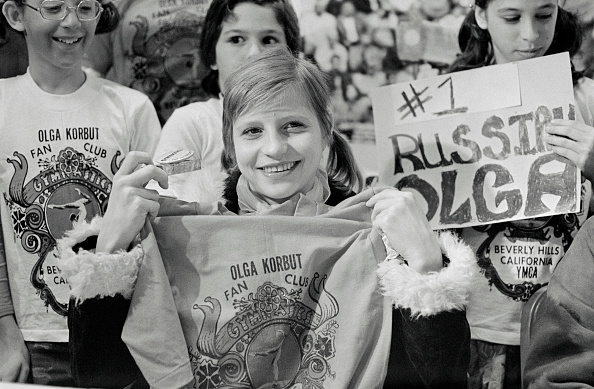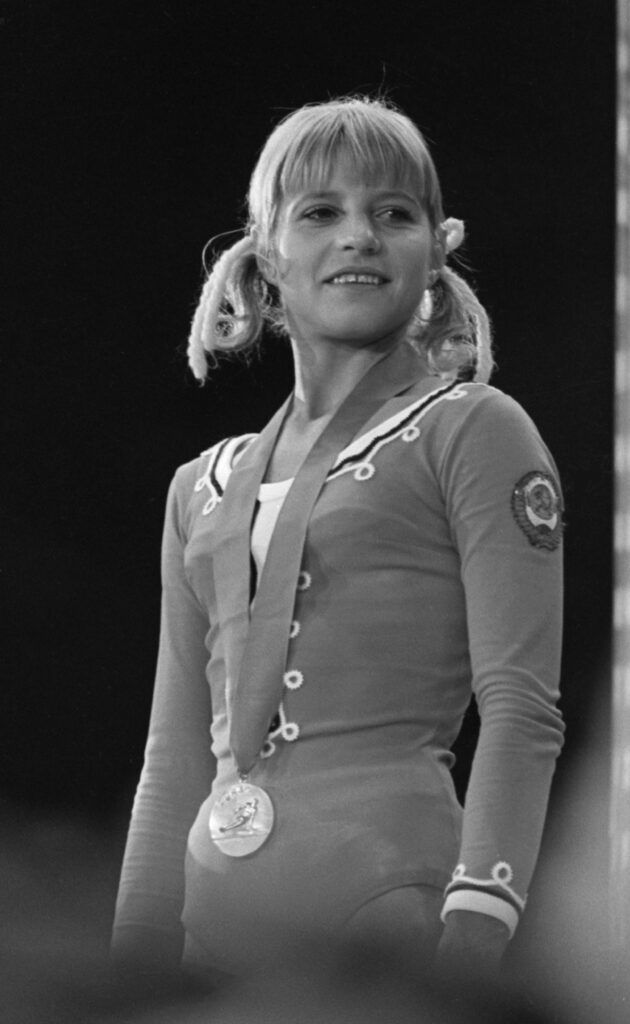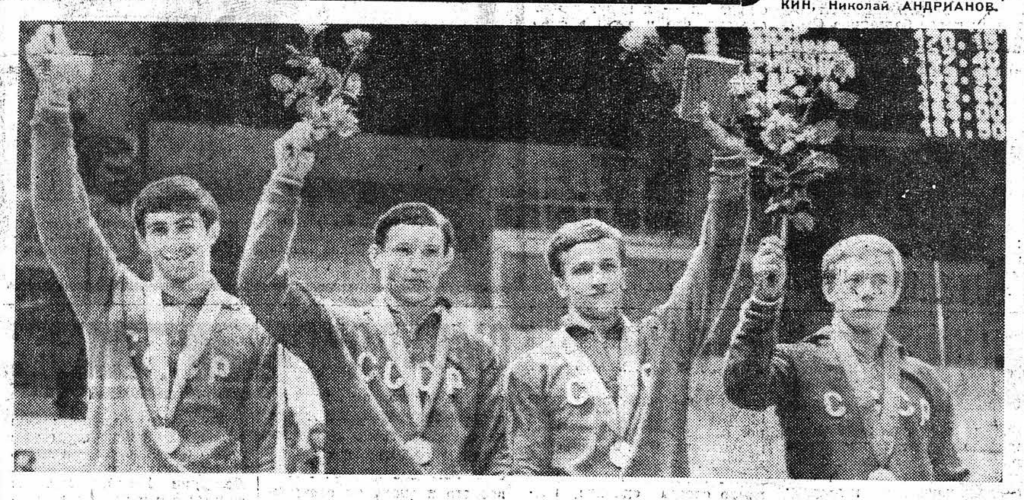Days after the 1974 edition of Moscow News, gymnasts traveled to Latvia for the 1974 Riga International. By holding these competitions in succession, delegations could get more for their money. Instead of flying to the Soviet Union for one meet, they could now fly to the Soviet Union for two meets:
Vice President of the International Gymnastics Federation and Olympic champion, Yuri Titov, said that holding two such large competitions one right after another is tremendously beneficial. Athletes, who have traveled a long way to our country, are happy to demonstrate their skills multiple times. And many experts think that gymnasts will exhibit emotionally charged performance full of new technical components in Riga.
Sports, Latvjijas PSR Sporta biedribu izdevums, Nr. 49, March 26, 1974
Starptautiskās vingrošanas federācijas viceprezidents olimpiskais čempions Jurijs Titovs teica, ka ir ļoti lietderīgi rīkot divas tik plašas sacensības pēc kārtas. Sportisti, kuri mērojuši tālu ceļu uz mūsu zemi, savu meistarību labprāt vēlas demonstrēt vairākkārt. Un daudzi speciālisti uzskata, ka tieši Rīgā vingrotāji rādīs emocionālas un jauniem tehniskiem elementiem bagātas kompozīcijas.
Gymnasts often debuted new skills in Riga. In 1972, Tsukahara Mitsuo did a full-twisting double back off high bar, and Beate Gehrke did one of the first Tsukaharas in women’s artistic gymnastics. In 1973, Nikolai Andrianov did a double pike on floor. (At the European Championships that year, he did a full-twisting double tuck off rings.) Then, one year later, in 1974, Vladimir Marchenko did one of the first full-twisting double backs on floor at a large international competition. (Video below.)
By all accounts, the women’s all-around in 1974 was a nail-biting competition between Lidia Gorbik and Nellie Kim. Kim needed a 9.6 during the final rotation to win. She got a 9.5.
Here’s what else happened in Riga in 1974.
